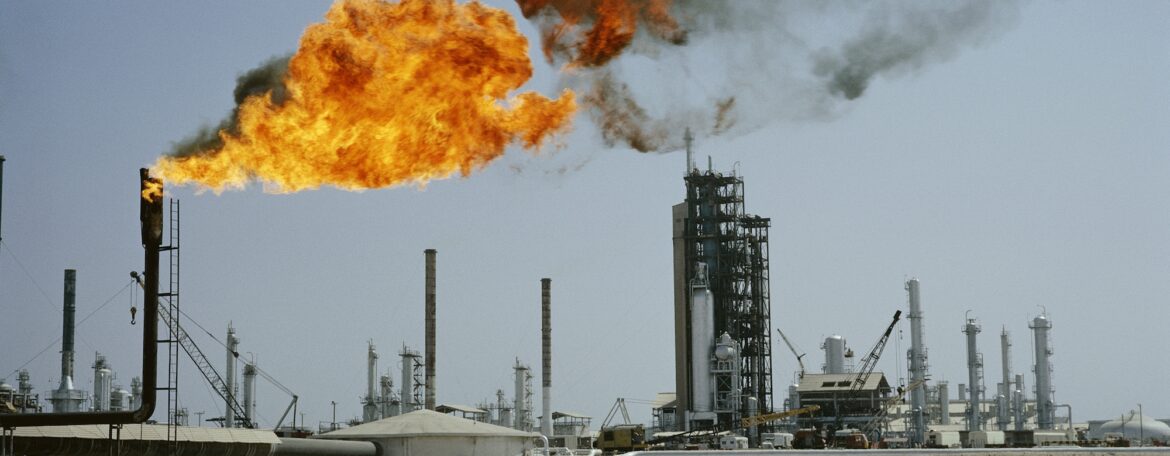Fossil fuel is a hydrocarbon-containing material such as coal, oil, and natural gas, formed naturally in the Earth’s crust from the remains of dead plants and animals that is extracted and burned as a fuel.
Fossil fuels are energy resources formed from the remains of ancient plants and animals that have been buried for millions of years under layers of rock and sediment.
Fossil fuels may be burned to provide heat for use directly (such as for cooking or heating), to power engines (such as internal combustion engines in motor vehicles), or to generate electricity. Some fossil fuels are refined into derivatives such as kerosene, gasoline and propane before burning. The origin of fossil fuels is the anaerobic decomposition of buried dead organisms, containing organic molecules created by photosynthesis. The conversion from these materials to high-carbon fossil fuels typically requires a geological process of millions of years.
ORIGIN
The formation of fossil fuels occurred over millions of years, with the majority forming during the Carboniferous period (359-299 million years ago) and the Mesozoic era (252-66 million years ago).
The theory that fossil fuels formed from the fossilized remains of dead plants by exposure to heat and pressure in Earth’s crust over millions of years was first introduced by Andreas Libavius “in his 1597 Alchemia [Alchymia]” and later by Mikhail Lomonosov “as early as 1757 and certainly by 1763”. The first use of the term “fossil fuel” occurs in the work of the German chemist Caspar Neumann, in English translation in 1759. The Oxford English Dictionary notes that in the phrase “fossil fuel” the adjective “fossil” means “obtained by digging; found buried in the earth”, which dates to at least 1652, before the English noun “fossil” came to refer primarily to long-dead organisms in the early 18th century.
Fossil fuels are formed from the remains of ancient plants and animals that have been buried for millions of years under layers of rock and sediment. The formation process involves several stages.
READ: SOURCES OF NATURAL GAS
Stages of formation
- Organic matter accumulation: Plants and animals die and settle at the bottom of swamps, oceans, and lakes.
- Burial and compaction: Sediment and rock layers bury the organic matter, applying heat and pressure.
- Transformation: Over time, the organic matter is transformed into carbon-rich compounds, such as kerogen, a precursor to fossil fuels.
- Maturation: Heat and pressure convert kerogen into liquid and gaseous hydrocarbons, such as oil and natural gas.
- Migration and accumulation: These hydrocarbons migrate through rock layers and accumulate in porous rock formations, such as sandstone and limestone.
- Trapping: The hydrocarbons are trapped by non-porous rock layers, forming reservoirs.
TYPES OF FOSSIL FUELS
The three main types of fossil fuels are:
Coal:
Coal is Formed from ancient plants; coal is a black or brownish sedimentary rock used primarily for electricity generation and industrial applications.
Oil:
Formed from ancient marine organisms, oil is a liquid fossil fuel used for transportation, industrial processes, and energy generation.
Natural Gas:
Formed from ancient plant and animal remains, natural gas is a gaseous fossil fuel used for electricity generation, heating, and cooking.
CHARACTERISTICS OF FOSSIL FUEL
– Non-renewable: Fossil fuels are finite resources that cannot be replenished in a human lifetime.
– High energy density: Fossil fuels contain a lot of energy per unit of weight.
– Carbon-intensive: Fossil fuel emit greenhouse gases, contributing to climate change.
IMPORTANCE
Fossil fuel have been important to human development because they can be readily burned in the open atmosphere to produce heat. The use of peat as a domestic fuel predates recorded history. Coal was burned in some early furnaces for the smelting of metal ore, while semi-solid hydrocarbons from oil seeps were also burned in ancient times, they were mostly used for waterproofing and embalming.
Fossil Fuel Uses:
– Electricity generation
– Transportation (gasoline, diesel, jet fuel)
– Industrial processes (cement, steel, chemicals)
– Heating and cooking
ENVIRONMENTAL EFFECTS
The burning of fossil fuels has a number of negative externalities – harmful environmental impacts where the effects extend beyond the people using the fuel. These effects vary between different fuels. All fossil fuels release CO2 when they burn, thus accelerating climate change. Burning coal, and to a lesser extent oil and its derivatives, contributes to atmospheric particulate matter, smog and acid rain.

